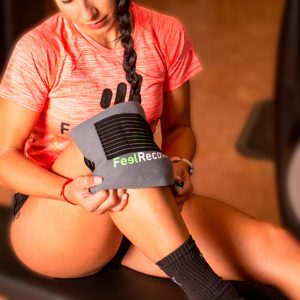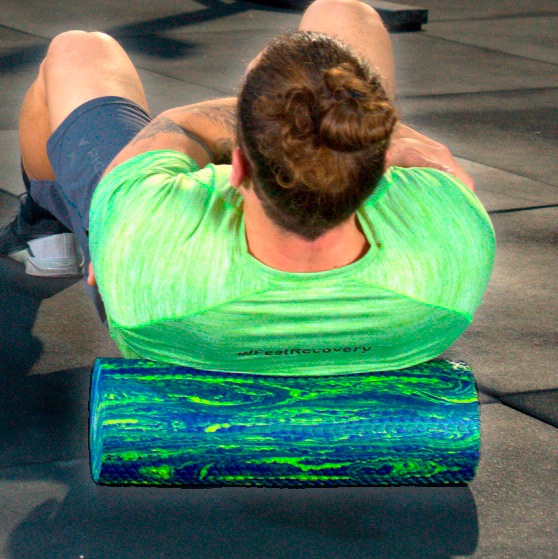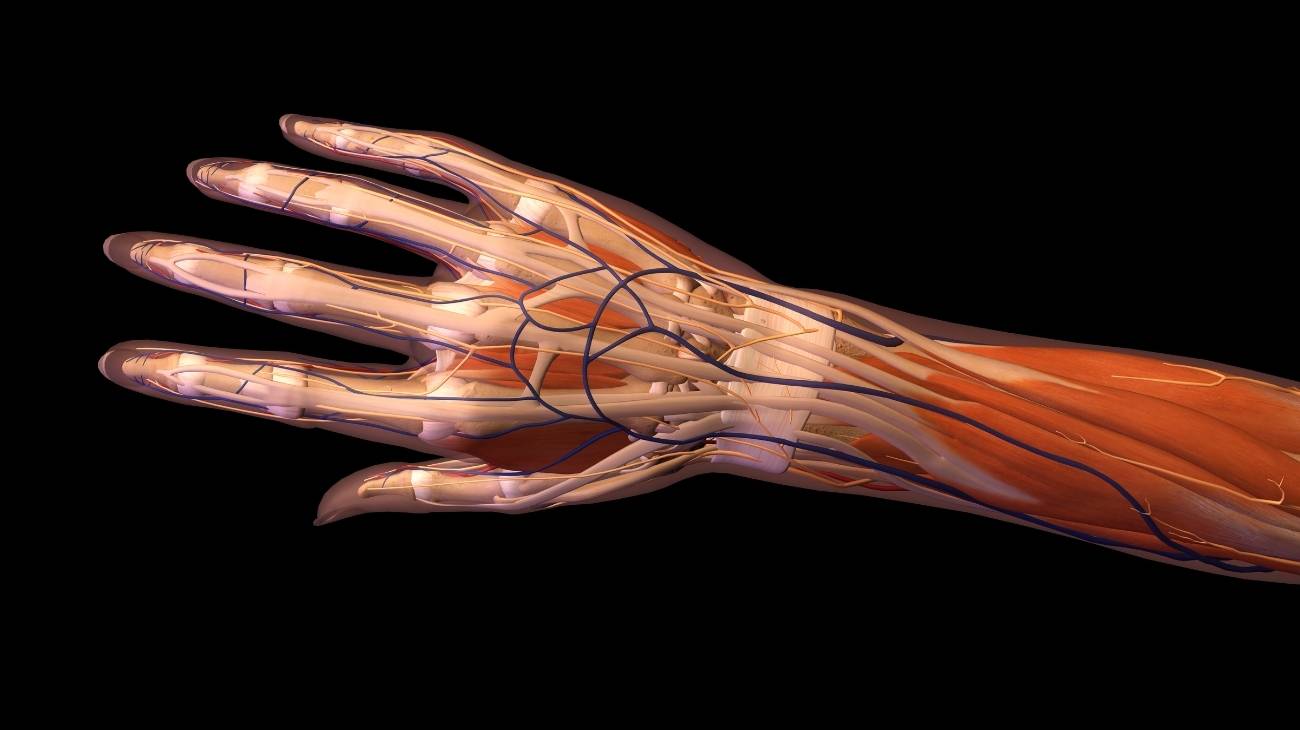Ankle Anatomy
The ankle is an important joint for the traction of the foot on different surfaces and ground levels. Its anatomy makes it possible to coordinate the movements of the legs with those of the feet. This has a great effect on the occurrence of injuries, as it is an area that is very prone to inflammation and pain. It is important to understand the anatomy of the ankle and the biomechanical movements it performs.
Featured Categories




















